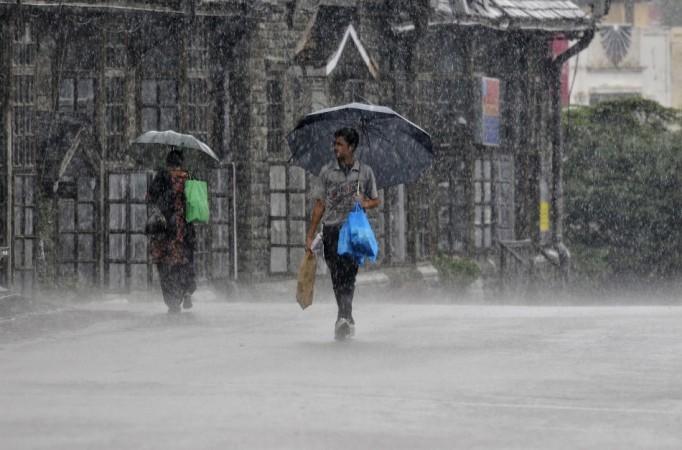
The early arrival of the monsoon is proving to be a bane with incessant rains causing floods and claiming lives in many parts of the country.
The most affected state is presently Uttarakhand where heavy rains have flooded Yamuna waters killing 10 people. Over 60 are reportedly missing.
Buildings had collapsed in Uttarakshi on Sunday as the rains caused landslides. As many as 12 areas around National Highways recorded landslides with Ganga's major tributaries - Mandakini and Alakananda, flowing above the danger level.
Thousands of Char Dham pilgrims were trapped as floods created havoc and lead to pilgrimage routes being cordoned off. May pilgrims were shifted to temporary shelters in schools and colleges.
In Delhi, the early monsoons led to flooding of Indira Gandhi International Airport (IGI) on Sunday. Commuters were seen coming out of the terminal wading through the knee-deep water. Airport staffs were put to the task of clearing out the water logging in the recently conferred world's second best airport.
Traffic was in chaos in the capital as choked drainage system aggravated the water logging and led to delayed jams in different aread. The only good news of the early monsoon was the considerable fall in consumption of power supply.
"With the arrival of monsoon, demand for electricity has come down while wind power generation has gone up. There is about 5,000 MW of surplus capacity available as there are takers for only about 3,000 MW of power on Sunday," RK Mediratta director of Indian Energy Exchange told Economic Times.
Announcing the trail of monsoon, Indian Meteoroligical Department released a note on Saturday saying, "Conditions are favourable for further advance of southwest monsoon into some more parts of Rajasthan; remaining parts of Madhya Pradesh, Jharkhand and West Bengal, Sikkim and some parts of Bihar and East Uttar Pradesh during next 48 hours."
















